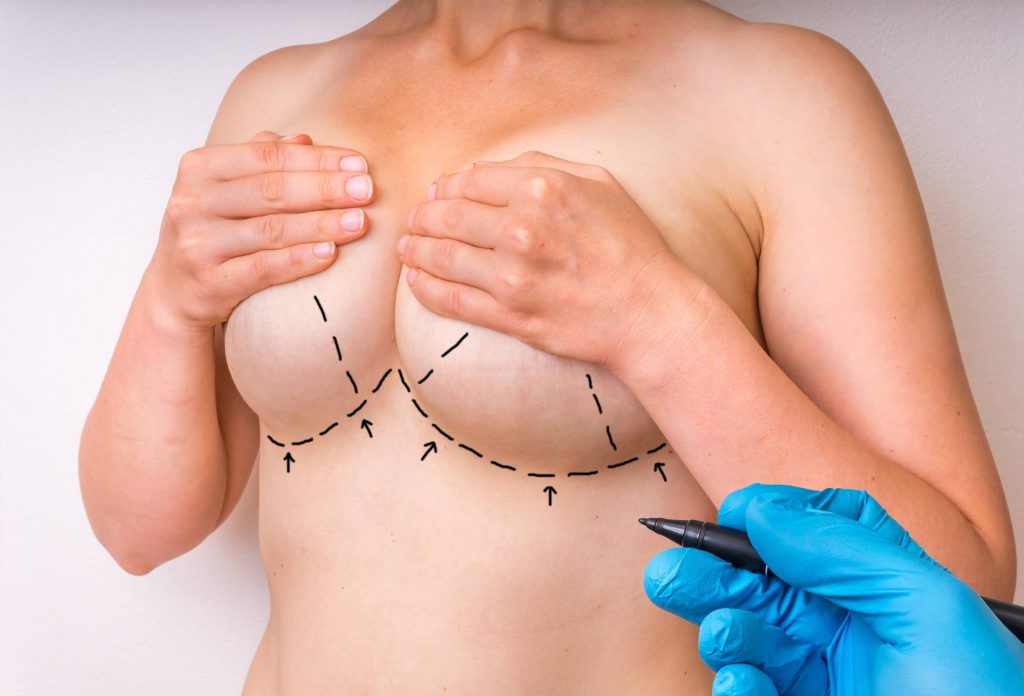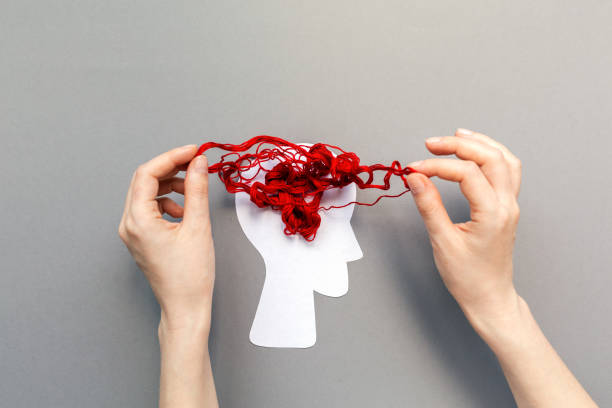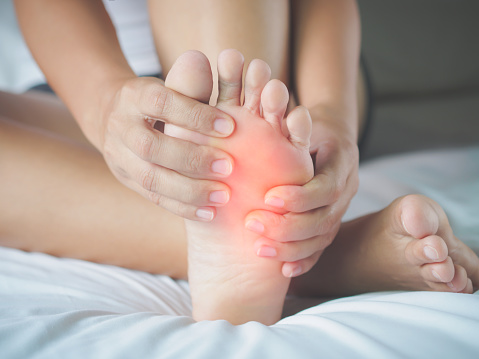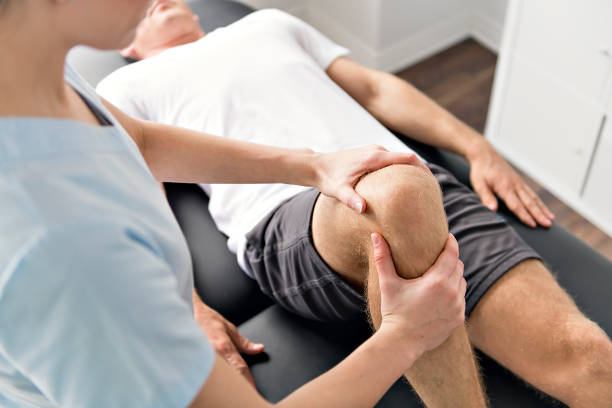Remedial Massage and Sports Physiotherapy help to boost an athlete’s performance and recovery. Athletes who receive regular remedial or sports massage sessions enjoy many health benefits including increased flexibility, speedier injury healing and reduced stress.
A remedial massage increases the permeability of soft tissue, which in turn increases range of motion and flexibility. It also relieves tension and reduces the risk of injuries such as muscle strains.

Increased Flexibility
Remedial massage can increase flexibility by releasing tight muscles and restoring joint movement. This can also help reduce the occurrence of delayed-onset muscle soreness (DOMS) and improve sporting performance.
Athletes often face high levels of stress and pressure, which can lead to mental fatigue and even physical injuries. Massage helps relieve these issues by reducing stress and improving blood circulation. Remedial massage can also improve sleep, which aids in boosting athletic performance.
The specialized techniques used in remedial massage in Preston can help improve posture, allowing the athlete to give their best. The therapists can also identify and rectify imbalances in the body, which can help minimise injury.
Remedial sports massage also involves the use of connective tissue, including tendons and fascia. The therapists can identify issues with these tissues and target them using techniques like deep tissue massage, trigger point therapy, and myofascial release.
Regular massage can boost the permeability of damaged tissues, helping to facilitate the transport of essential nutrients. This can speed up healing and alleviate pain, enabling the athlete to return to training faster. In addition, massage can increase the number of mitochondria in skeletal muscles, allowing them to utilise oxygen more efficiently and thereby increasing muscular endurance. A study published in the Science Translational Medicine journal found that massage stimulated the growth of new mitochondria in skeletal muscle cells.
Faster Injury Recovery
When an athlete trains hard, they can cause injury to the muscles and joints. Including remedial massage in their regime aids the recovery and rehabilitation process so that they can get back to their training schedule quickly. Remedial massage helps to reduce inflammation, loosen tight muscles and improve the flexibility of the muscle tissue.
As a result, the muscles can contract and relax more effectively which will enhance their strength and athletic performance. During the massage, there is increased blood flow to the muscles and tissues which also assists in breaking down any scar tissue or adhesions that may be present in the muscles.
The techniques used in remedial massage such as trigger point therapy and myofascial release can help to reduce muscle tension which will help athletes to achieve a more balanced body. This will also increase the range of motion in the muscles which is essential for athletic performance.
In addition, the remedial massage of Specific Physiotherapy Clinic can reduce stress hormones which will improve the healing time of any injuries. This is because when an athlete has an injury the body releases chemicals called inflammatory mediators that constrict blood vessels, restricting nutrient delivery and increasing the amount of inflammation at the site of the injury. When an athlete receives a remedial massage the inflammation is reduced and nutrient delivery is improved which will speed up the healing time.

Reduced Stress
Sports physio is a technique developed for athletes to prevent injuries and aid in recovery. It is used to treat muscle dysfunction, identifying areas of weakness and imbalances in the body before injury occurs.
It can enhance an athlete’s performance by reducing pain, improving flexibility, and increasing the rate of recovery after exercise. It is also used to reduce stress and boost an athlete’s immune system. It can be beneficial in preventing muscle strains and reducing the time it takes to recover from an injury by breaking down adhesions and scar tissue in the body.
Athletes are often exposed to physical stress and repetitive body movements, which can cause a lot of pressure on their muscles. These factors can lead to tight and sore muscles, which can hinder the ability of the muscle to work properly. Remedial massage can help in reducing the tension and pain by increasing the elasticity of the muscle.
As well as the physical benefits of sports and remedial massage, it can help reduce stress, which can be very beneficial to an athlete’s mental health. This helps them focus and feel more energised. Studies have shown that massage can improve mood, sleep patterns, and energy levels, as well as reduce anxiety and depression. It is recommended to receive a sports or remedial massage at least once per week.
Reduced Soreness
Having a regular sports massage can help reduce soreness and/or strength after exercise. Remedial massage identifies imbalances and tight or strained muscles, using a variety of techniques including deep tissue, trigger point therapy and myofascial release. This helps improve flexibility and reduce the risk of injury during training and competition.
Getting sick can be particularly hard for athletes as even a single bout of the common cold can keep you from competing or practicing for weeks, and you’ll be performing at a much lower level until you recover. Therapeutic massage can help boost your immune system and increase your natural defenses against harmful bacteria, germs and illness. This is due to the fact that when you get a massage, your body’s natural cytotoxic capacity is triggered which allows your immune system to fight off germs and illnesses more effectively.
Remedial massage increases your blood circulation which not only enables more oxygen to be delivered to your cells, but it also flushes out any waste materials that may have built up in your tissues. This enables your muscles to be more energized and capable of contracting repeatedly without tiring, therefore allowing you to have greater athletic endurance. A 2012 study published in Science Translational Medicine found that massage induces an increase in mitochondrial density within skeletal muscle which can further enhance endurance and the rate at which oxygen is utilised during exercise.
 Attention Deficit Hyperactivity Disorder (ADHD) presents unique challenges for both students and educators. In Sydney schools, addressing the needs of students with ADHD requires specialized strategies and support systems, especially in the context of tutoring. This article delves into effective tutoring strategies tailored to support students with ADHD in Sydney schools, aiming to enhance their learning outcomes and overall academic success. ADHD can significantly impact a student’s ability to concentrate, organize tasks, and regulate behavior, making it essential for tutors to employ targeted approaches that cater to the individual
Attention Deficit Hyperactivity Disorder (ADHD) presents unique challenges for both students and educators. In Sydney schools, addressing the needs of students with ADHD requires specialized strategies and support systems, especially in the context of tutoring. This article delves into effective tutoring strategies tailored to support students with ADHD in Sydney schools, aiming to enhance their learning outcomes and overall academic success. ADHD can significantly impact a student’s ability to concentrate, organize tasks, and regulate behavior, making it essential for tutors to employ targeted approaches that cater to the individual 



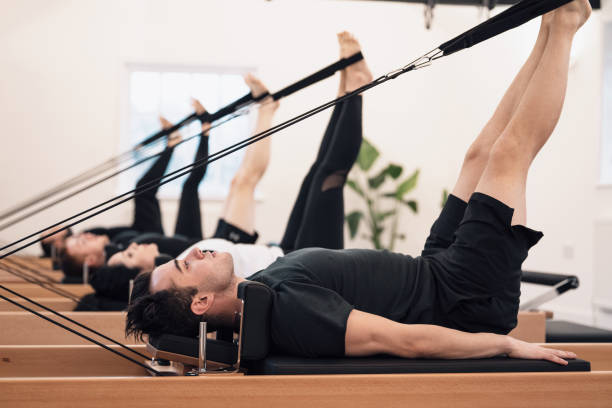
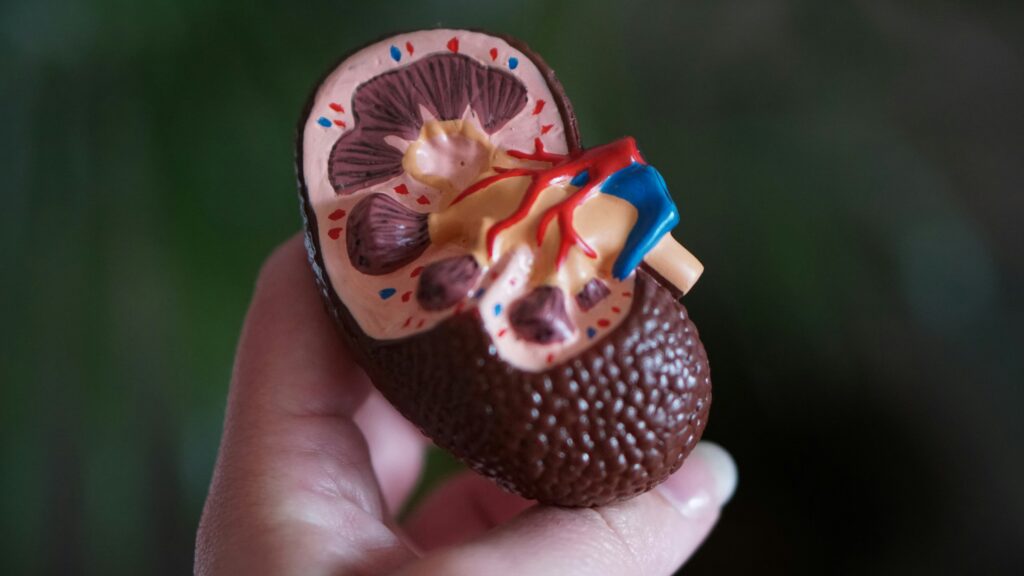
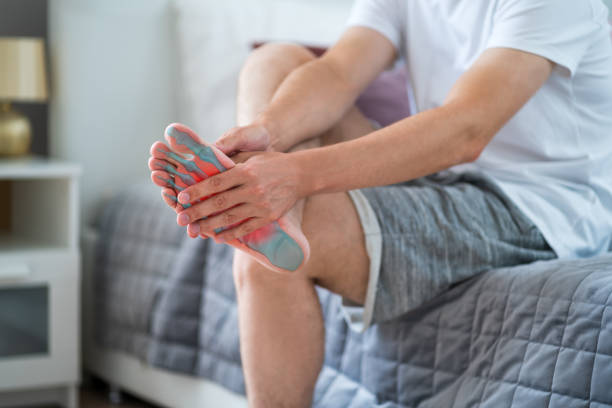


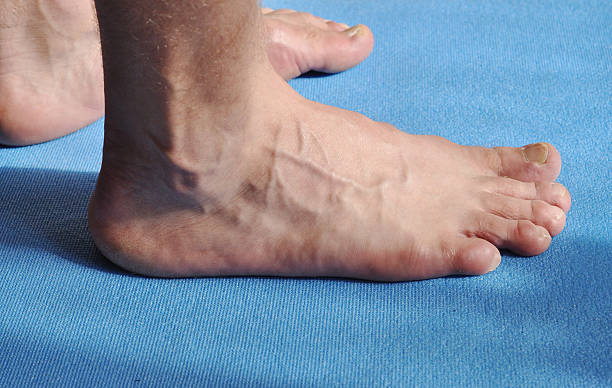
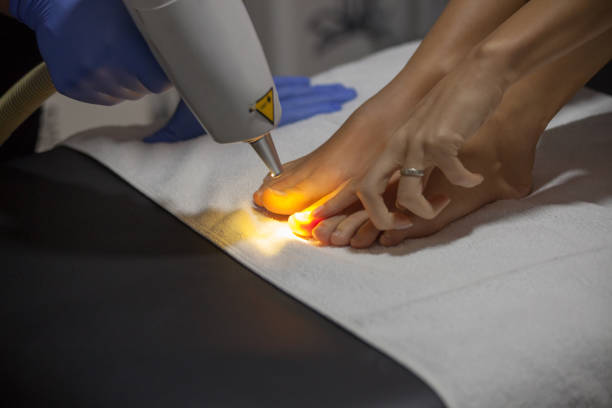
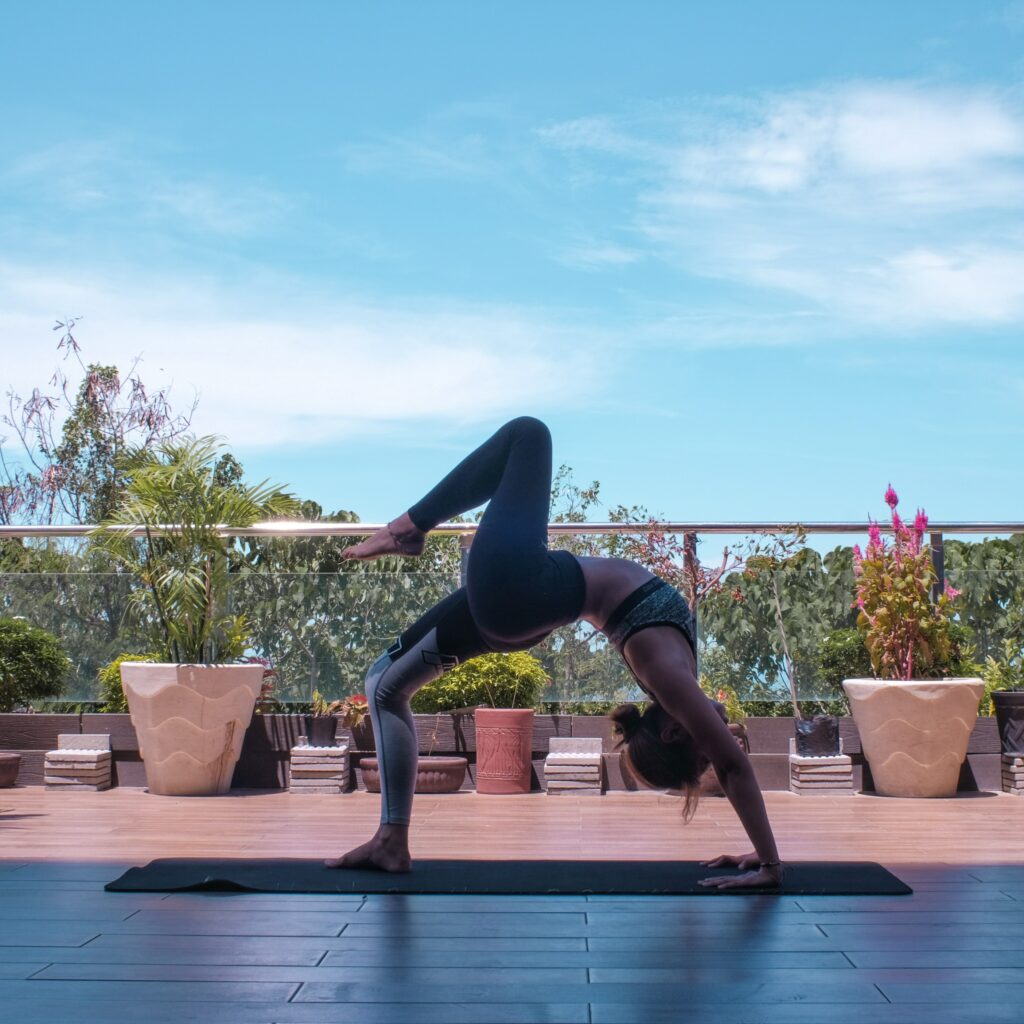

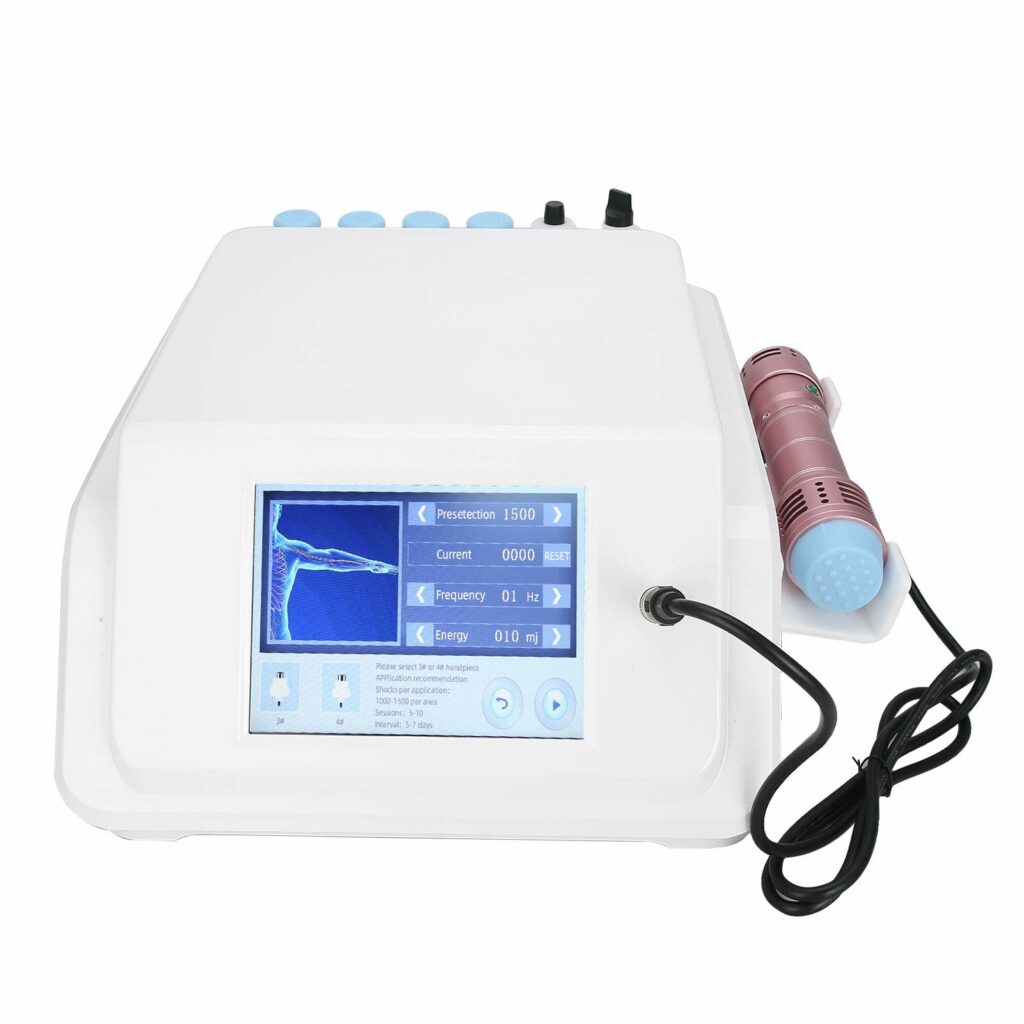
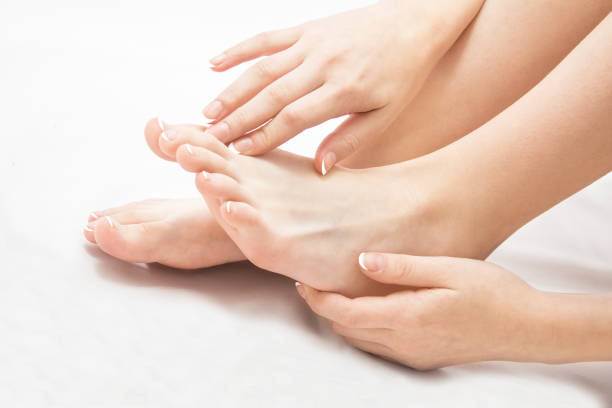


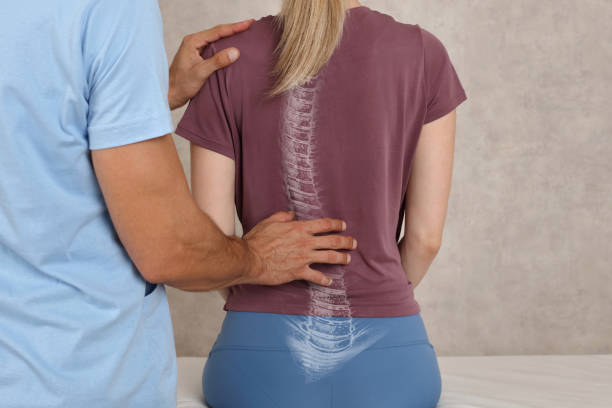 Osteopathy is a holistic medical practice that focuses on the body as a whole. It aims to bring about optimal blood flow and postural alignment. In addition, the therapy promotes a healthy lifestyle. This helps to reduce pain and discomfort and improve mobility.
Osteopathy is a holistic medical practice that focuses on the body as a whole. It aims to bring about optimal blood flow and postural alignment. In addition, the therapy promotes a healthy lifestyle. This helps to reduce pain and discomfort and improve mobility.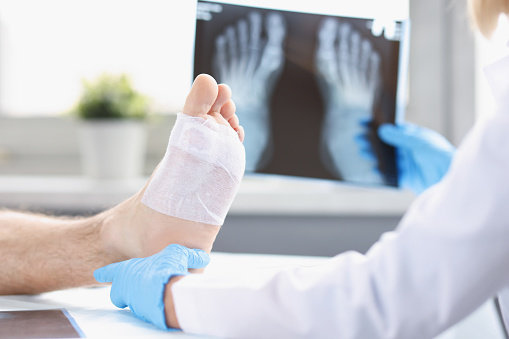

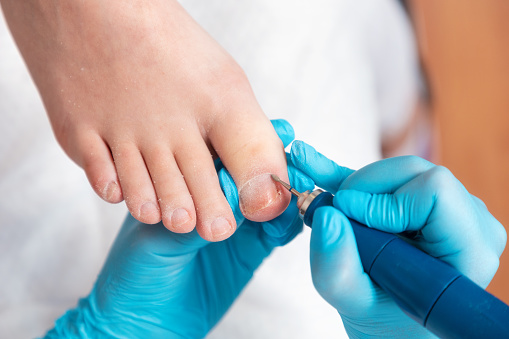 If you have an ingrown toenail, you may wonder whether it needs to be treated by a physician. There are several symptoms that can indicate an ingrown toenail, which can include pain and drainage of pus. If you notice any of these signs, you should see your doctor immediately. The best way to diagnose an ingrown toenail is to take a physical exam. You should also be careful to avoid pressure to the lateral nail fold.
If you have an ingrown toenail, you may wonder whether it needs to be treated by a physician. There are several symptoms that can indicate an ingrown toenail, which can include pain and drainage of pus. If you notice any of these signs, you should see your doctor immediately. The best way to diagnose an ingrown toenail is to take a physical exam. You should also be careful to avoid pressure to the lateral nail fold.



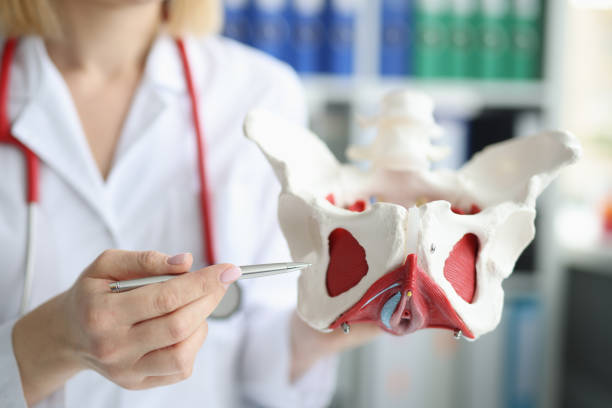
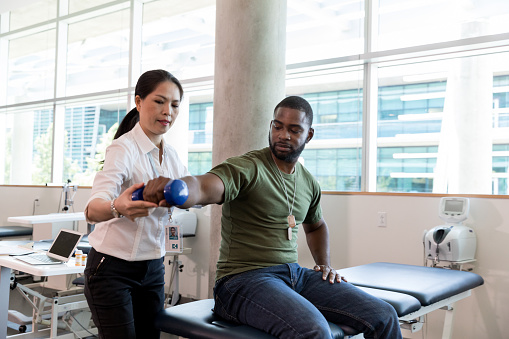
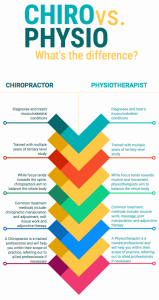 If you’re suffering from back pain, your doctor may recommend you visit a chiropractor or a physical therapist. But what’s the difference between these two medical practices? Here’s an overview of what you need to know before making the decision. Both chiropractors and physical therapists use manual therapy as a treatment option. Both will assess your condition and your health history.
If you’re suffering from back pain, your doctor may recommend you visit a chiropractor or a physical therapist. But what’s the difference between these two medical practices? Here’s an overview of what you need to know before making the decision. Both chiropractors and physical therapists use manual therapy as a treatment option. Both will assess your condition and your health history.

